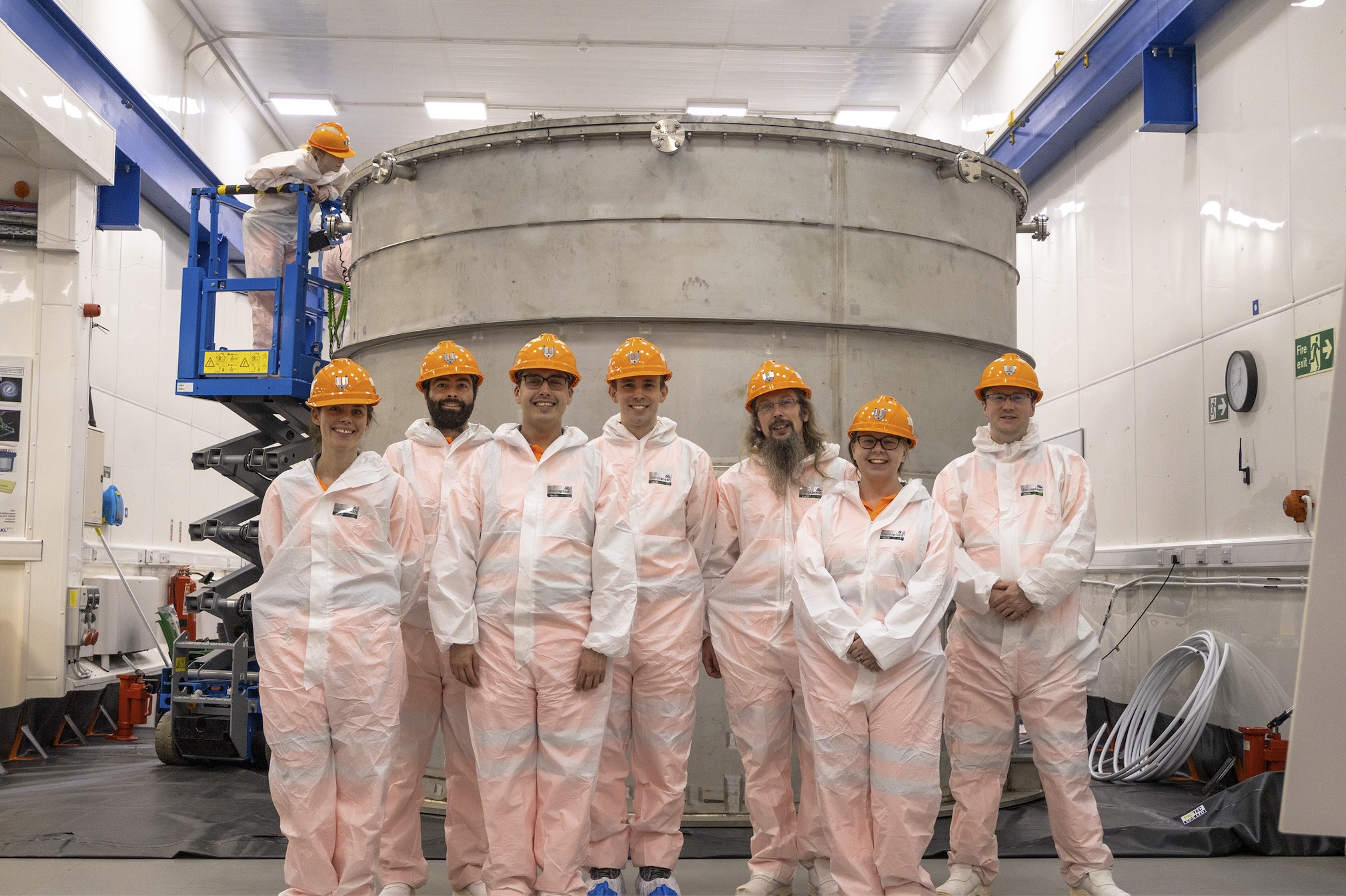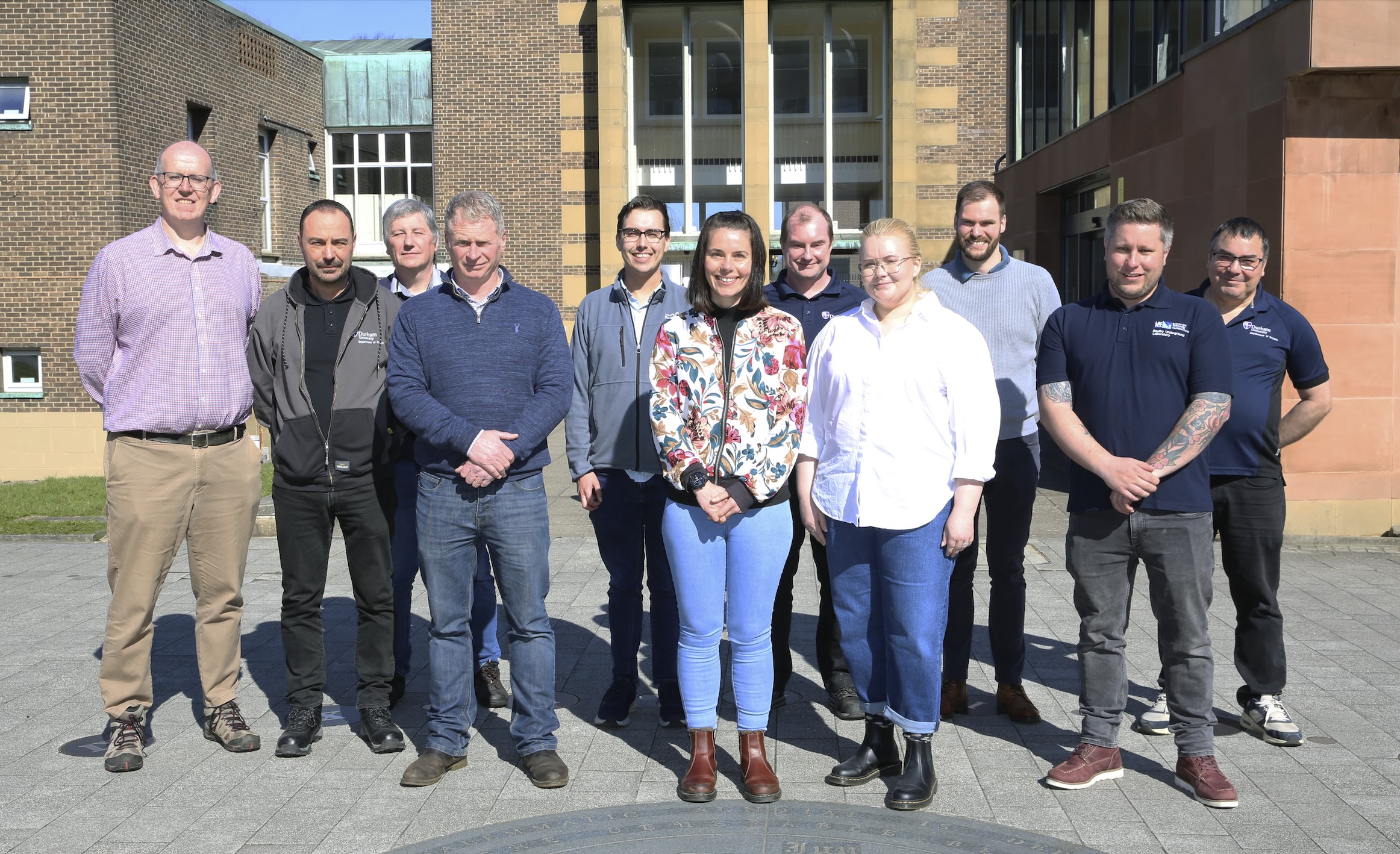QuASAR, the Quantum Atom-Experiment for Sensing and fundamental Research, launched in conjunction with Boulby Underground Laboratory

Durham University physicists and the Boulby Underground Laboratory have initiated a collaborative effort to assess the feasibility of deploying the "QuASAR" experiment. This partnership marks a novel venture, as researchers from both institutions work together to investigate the practicalities of operating a cold-atom quantum sensor 1.1 kilometres underground.
Recent reciprocal visits between Durham and Boulby have fostered this developing relationship, laying the foundation for potential future scientific breakthroughs. QuASAR, the Quantum Atom-experiment for Sensing And fundamental Research, aims to be the first of its kind in the Boulby facility. The initial focus is on determining the logistical and operational requirements for successfully running a complex quantum experiment within the challenging underground environment. This collaboration represents a crucial step in exploring the boundaries of quantum technology within extreme and remote settings.
Top image: Researchers from Durham physics Quantum Light and Matter and Centre for Advanced Instrumentation in Boulby Underground Laboratory.
Below image: Meet the team; scientists and engineers from Boulby Underground Laboratory visiting Durham Physics to collaborate with the technical and research staff who are collaborating on the project to get a quantum experiment working a kilometre underground.

Professor Ifan Hughes, the head of the Quantum Light and Matter research group said “We are so excited about this project. Quantum mechanics experiments are fascinating when done in conventional laboratories, they promise to be even more so when performed in a working mine a kilometre underground!”
The head of Durham physics department, Professor Paula Chadwick, added “The partnership between Durham University and Boulby Underground Laboratory presents a tremendous opportunity to perform world-leading science, in addition to helping make the North East of England a quantum-ready region”.


/prod01/prodbucket01/media/durham-university/departments-/physics/teaching-labs/VT2A9034-1998X733.jpeg)